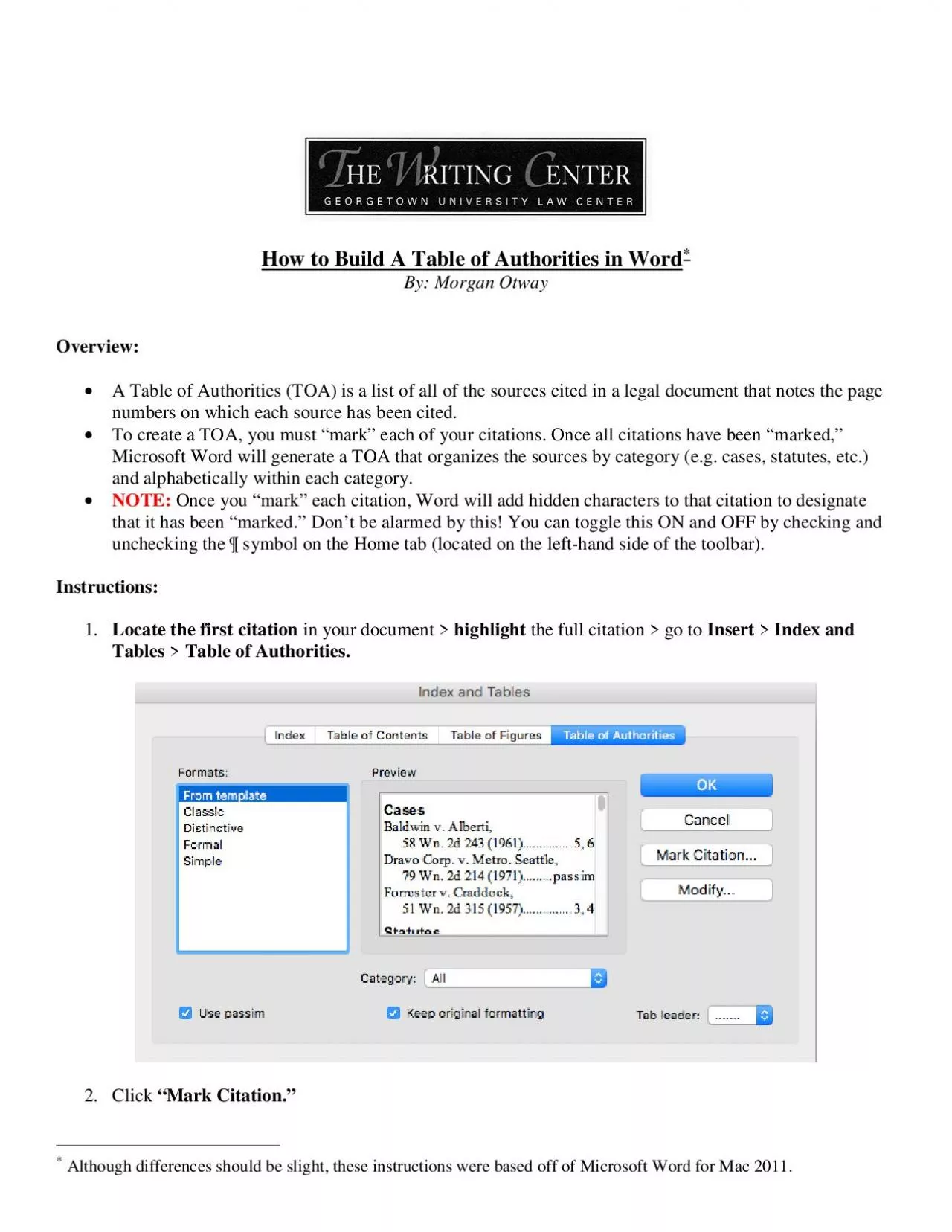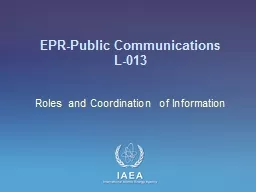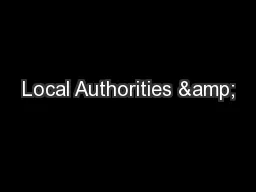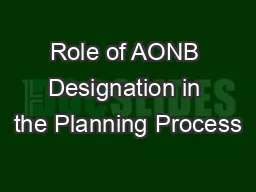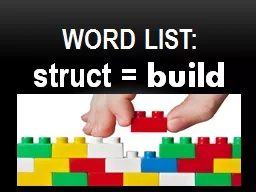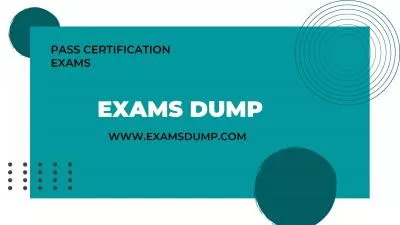PDF-How to Build A Table of Authorities in Word
Author : alyssa | Published Date : 2021-10-03
By Morgan OtwayOverviewA Table of Authorities TOA a list of all of the sources citedin a legal documentthat notesthe page numbers on which each source has been citedTo
Presentation Embed Code
Download Presentation
Download Presentation The PPT/PDF document "How to Build A Table of Authorities in W..." is the property of its rightful owner. Permission is granted to download and print the materials on this website for personal, non-commercial use only, and to display it on your personal computer provided you do not modify the materials and that you retain all copyright notices contained in the materials. By downloading content from our website, you accept the terms of this agreement.
How to Build A Table of Authorities in Word: Transcript
Download Rules Of Document
"How to Build A Table of Authorities in Word"The content belongs to its owner. You may download and print it for personal use, without modification, and keep all copyright notices. By downloading, you agree to these terms.
Related Documents

